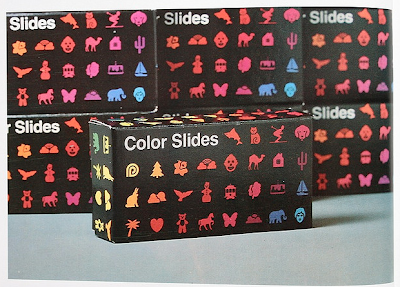Fonts is one of things I have to consider while I'm creating my print designs. Different fonts use various amounts of ink. I guess its common knowledge....
If you want to save some ink...don't use Impact in your design, etc etc....
So, the question is which is the 'greenest' font to use?
This is a blog post that i did in the summer holidays : Its a project to see which font out of these popular ones are the best one to use
Use Garamond NOT Impact
Also, there is a font that had been specially designed to be the greenest font there is
its called EcoFont ( the name is pretty self explanatory )
 Ecofont
EcofontThis is what the website says
Sustainable printing using the Ecofont software
The green font with holes
During printing Ecofont ‘shoots’ holes into the letters that you have typed! That is fascinating in itself, and all the more so when you realise that this has no effect on legibility.
But it only really becomes interesting when we tell you that it generally enables you to save up to 25% of ink or toner. Both your wallet and the environment will be grateful to you, because ink and toner are a particularly heavy burden on both.
You work with your customary font and print using its ink-saving Eco variant with a single press of the button. The Ecofont software is very easy to install and use.
Why Ecofont saves more ink than Century Gothic
Why Ecofont saves more ink than Century Gothic
A study by the University of Wisconsin - Green Bay, revealed that Century Gothic saves more ink and toner than Ecofont. For Ecofont Vera Sans (the Ecofont version of Vera Sans) this holds true. The university had unfortunately not realised that the Ecofont software can also print in Ecofont Century Gothic (Ecofont version of Century Gothic). Because of the holes, this version of course saves considerably more ink/toner than the regular Century Gothic.
Century Gothic, really the most economical?
When it comes to ink and toner, Century Gothic is justifiably one of the most economical fonts. If we include the amount of paper used however, Century Gothic turns out to be a lot less thrifty. The wide font uses much more paper for the same amount of text than for example Arial, Calibri or Times New Roman.
The best choice
The most optimal solution is clearly to print with the Ecofont software in a narrow font. In this way, you not only save ink and toner, but also paper.
User friendliness
Printing with the Ecofont software is very simple. You can print with the font of your choice using the Ecofont print button from within your trusted programs like Microsoft Word and Outlook.
Fonts used in Printer.com study
Comparison width font in font size 10:
Why was the first Ecofont font based on Vera Sans?
Verdana (and the look-a-like Vera Sans) is one of the most used fonts in the Netherlands. We did not believe that organisations would be quick to switch to a different font. To maximise our reach, we therefore started with the ink-saving version of the most common font.
Environmentally aware printing with Ecofont

See how simply Ecofont works:
1 ) You select the Eco variant(s) or your desired font(s) and the number of computers on which it has been installed. You can choose not only familiar fonts, such as Arial, Verdana, Calibri, etc., but also an Eco variant of your own house-style font (Enterprise Edition). You are not tied to a single font.
2 ) You install Ecofont with a couple of mouse clicks, after which an additional button appears in the Microsoft Word menu bar with the Ecofont logo leaf.
3 ) You type in the easily legible screen font and, as soon as you click on the Ecofont print button, you print out in this font, but with little holes. The saving is a fact – with no detrimental effect on legibility or layout.
4 ) In order to optimise the legibility of the printed text, we have set an Ecoprint range. Only text up to a particular point size – generally 11 points - is printed in the Ecofont font. Larger text is printed in the normal font.
















































